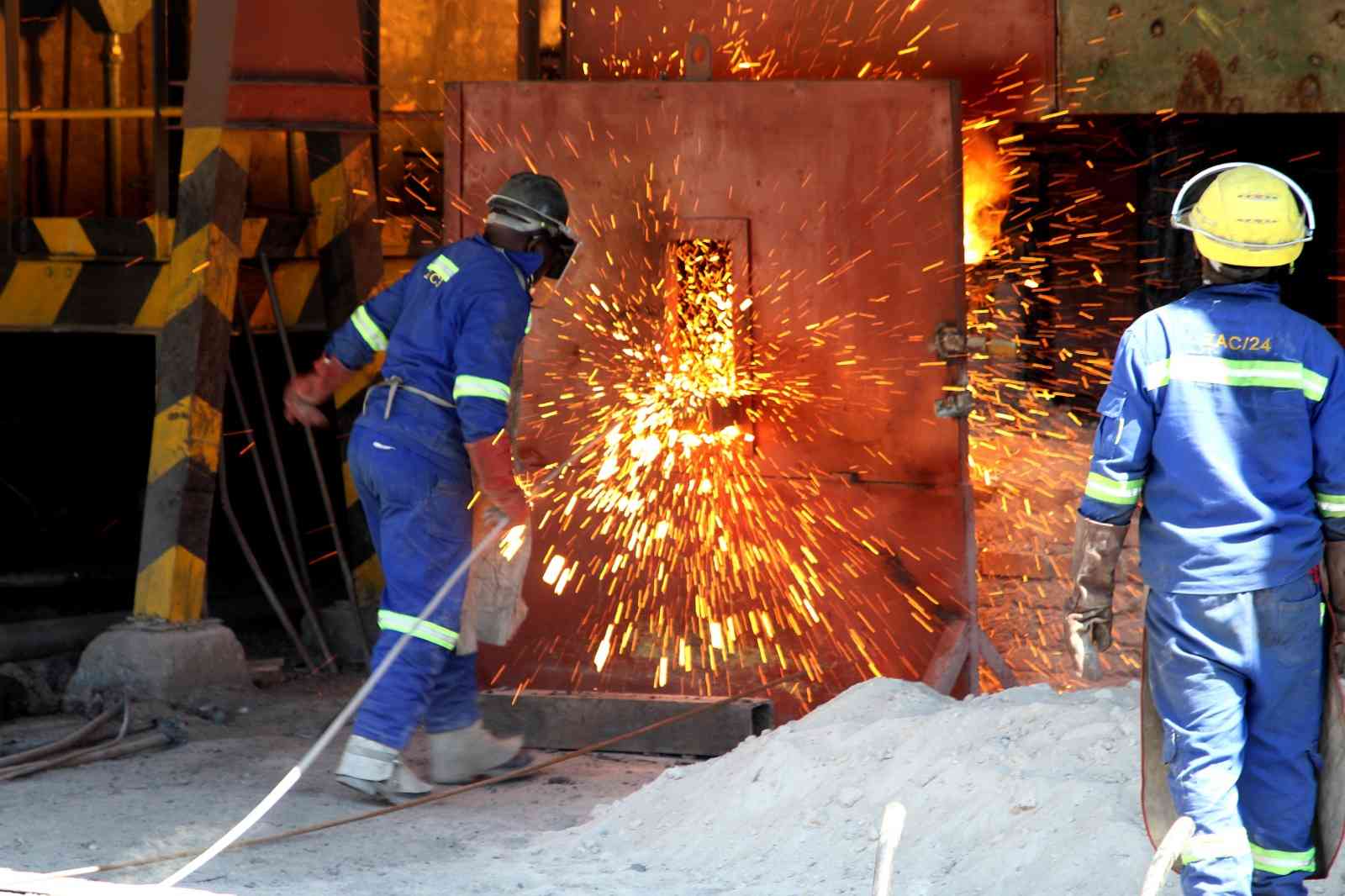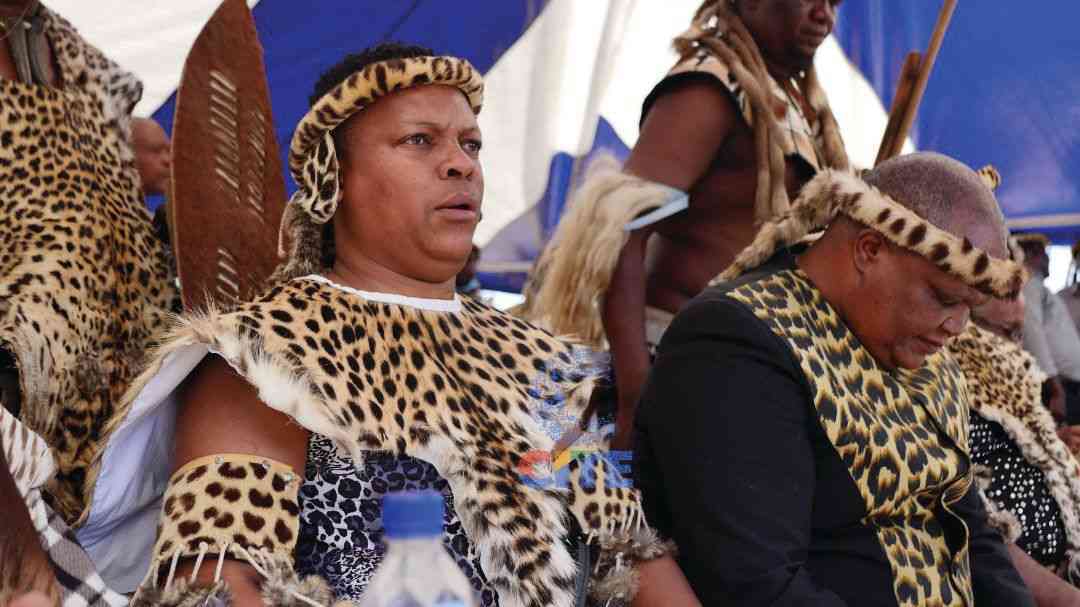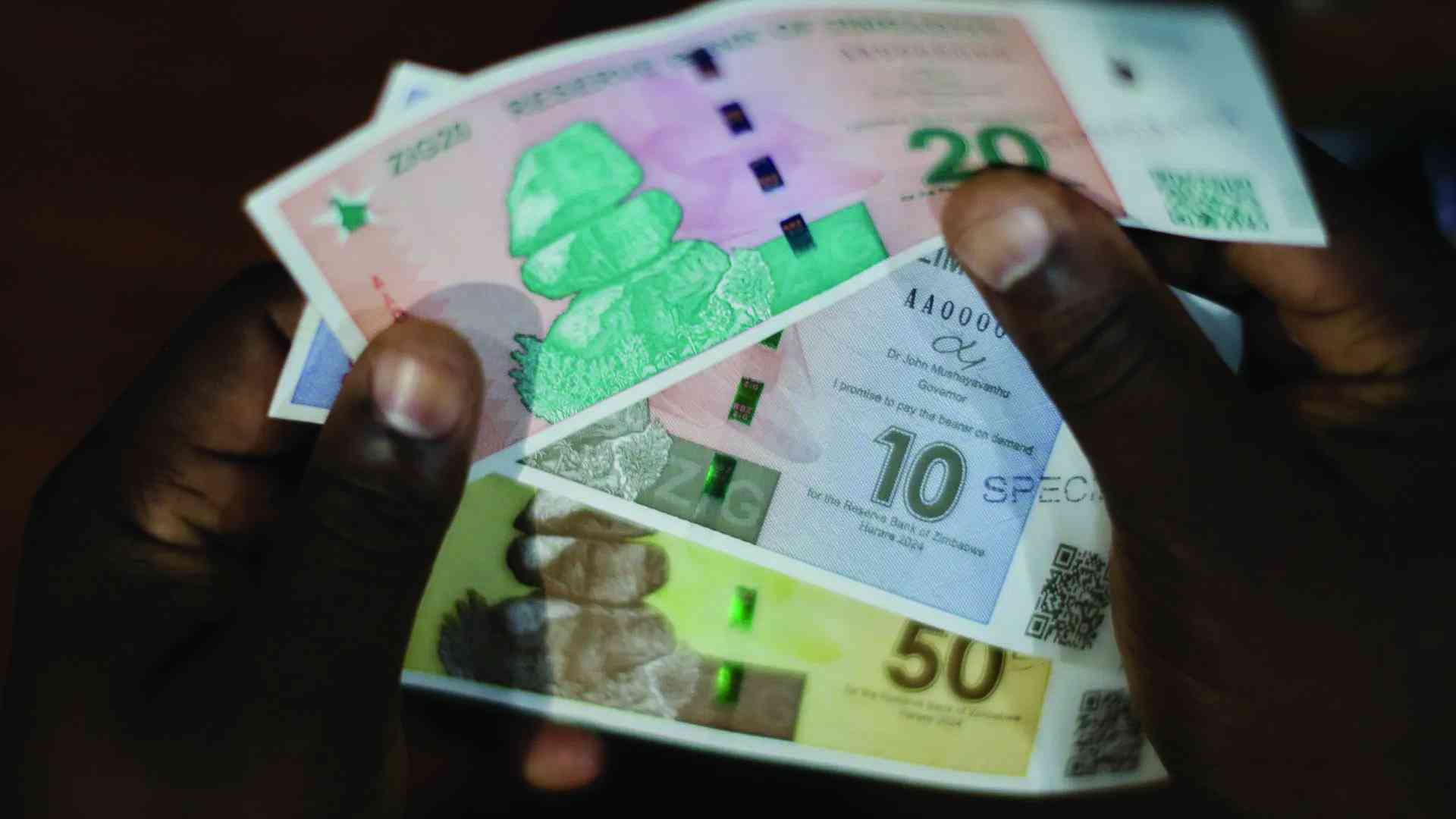
RESOURCES group Kuvimba Mining House (KMH) has injected over US$50 million into Zimbabwe Alloys (ZimAlloys), one of the country’s largest ferrochrome producers, as the firm plans to increase production to 55 000 metric tonnes annually, businessdigest can reveal.
The company operates three furnaces at its Gweru smelting complex, with a combined installed capacity of 120 000 tonnes per annum. Planned investments, including the rebuilding of an additional furnace, are expected to significantly boost output.
ZimAlloys managing director Deric Dube told businessdigest this week that a substantial portion of the capital outlay had been used to procure equipment, among other priorities.
“KMH has invested over US$50 million in Zimbabwe Alloys. This includes the amount spent to settle creditors to take the business out of judicial management,” he said.
“It also covers investments in equipment acquisitions, plant commissioning, refurbishments, upgrades, and restarts. We are currently operating one furnace and are in the process of completing the rebuild of our second furnace, which will increase our annual ferrochrome production to 55 000 metric tonnes.”
ZimAlloys entered administration in 2013 after struggling with severe operational challenges before being acquired by KMH in 2023.
Operations resumed the same year following an initial capital injection by the new parent company.
Prior to the takeover, the company had been non-operational, crippled by ageing furnaces, mounting debts and unpaid salaries.
- ZimAlloys ready to switch on its biggest furnace
- Zisco deal gets Cabinet nod to sell iron ore
- Govt blocks US$400m platinum deal
- Kuvimba pumps US$100m into Great Dyke platinum project
Keep Reading
Dube added that the firm had allocated US$5 million towards enhancing its value-addition capacity.
He noted that ZimAlloys had also been affected by declining ferrochrome prices on the international market, driven by global conflicts — notably the Russia-Ukraine war — and sluggish demand.
“So far, approximately US$5 million has been spent on value-addition projects, including the upgrade of the Netherburn plant and M1 furnace,” he said.
“Falling market prices have negatively impacted our revenues. However, our strategy has always been to run a cost-conscious business capable of operating even during periods of low chrome prices.”
Dube said the miner was not holding significant stockpiles.
“We rarely stockpile large volumes of exportable materials, as this negatively affects our cash flow and exposes us to price fluctuations. Our sales team aims to hold no more than two weeks’ worth of production at any given time,” he explained.
ZimAlloys exports ferrochrome to China, Europe, and Canada.
Established in 1949 by a group led by John Brown Group, ZimAlloys was acquired by Anglo American Corporation in 1965 before being sold to Benscore Investments 40 years later.
ZimAlloys was the first company in Africa to own a ferrochrome plant. The business holds approximately 20 000 hectares of chrome claims across the country, with proven resources totalling 72,25 million tonnes of chrome ore. Only 15% of its claims have been prospected.
Zimbabwe possesses the world’s second-largest chrome ore reserves, after South Africa.
Over the past year, KMH has invested in reviving defunct mines, including Freda Rebecca Gold Mine, Bindura Nickel Corporation, Shamva Gold Mine, Jena Mine, Elvington Mine, and ZimAlloys, to restore or scale up production.







